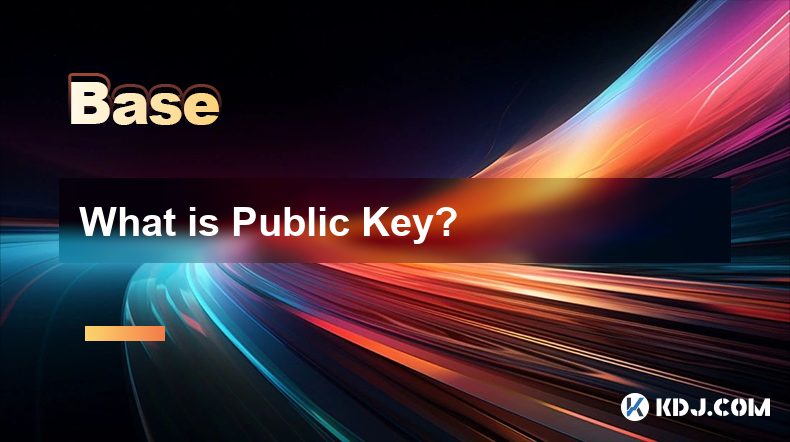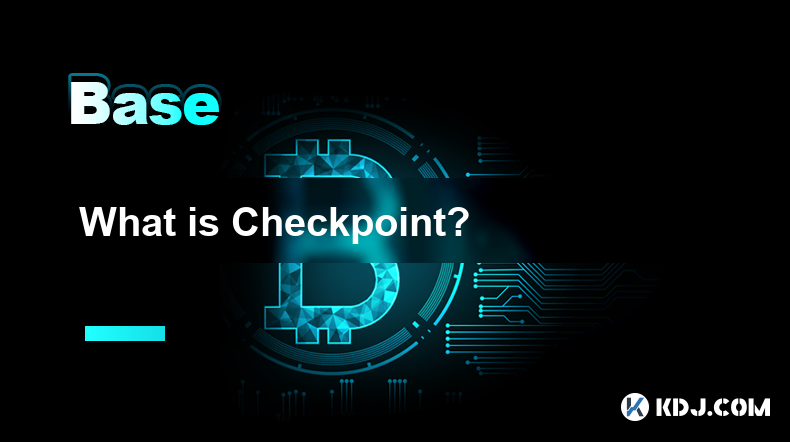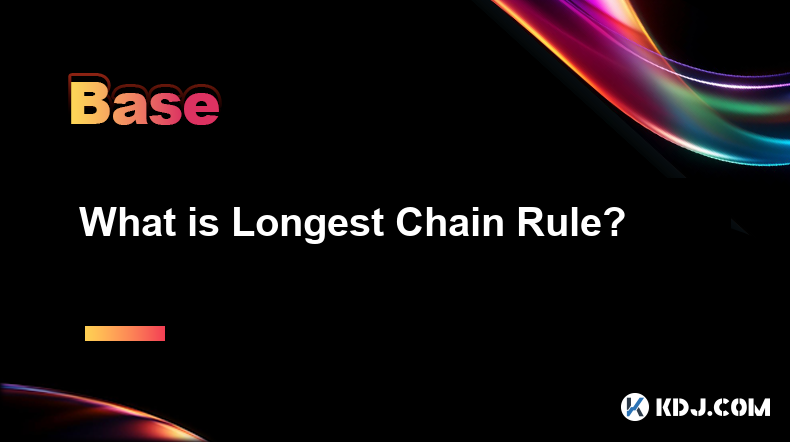-
 Bitcoin
Bitcoin $79,082.6827
3.50% -
 Ethereum
Ethereum $1,560.0062
3.98% -
 Tether USDt
Tether USDt $0.9997
0.06% -
 XRP
XRP $1.8602
5.51% -
 BNB
BNB $556.2989
2.52% -
 USDC
USDC $1.0000
0.01% -
 Solana
Solana $107.5152
6.58% -
 Dogecoin
Dogecoin $0.1509
9.35% -
 TRON
TRON $0.2341
4.61% -
 Cardano
Cardano $0.5791
6.99% -
 UNUS SED LEO
UNUS SED LEO $8.9706
0.98% -
 Toncoin
Toncoin $3.0929
5.15% -
 Chainlink
Chainlink $11.5169
7.22% -
 Avalanche
Avalanche $16.9259
10.59% -
 Stellar
Stellar $0.2273
5.53% -
 Shiba Inu
Shiba Inu $0.0...01128
4.06% -
 Hedera
Hedera $0.1571
16.84% -
 Sui
Sui $2.0151
10.99% -
 MANTRA
MANTRA $6.2756
1.74% -
 Polkadot
Polkadot $3.5782
4.75% -
 Bitcoin Cash
Bitcoin Cash $278.5433
7.96% -
 Litecoin
Litecoin $71.3553
7.85% -
 Dai
Dai $1.0001
0.02% -
 Ethena USDe
Ethena USDe $0.9990
0.07% -
 Bitget Token
Bitget Token $4.1184
6.69% -
 Pi
Pi $0.5811
2.84% -
 Hyperliquid
Hyperliquid $11.8292
17.03% -
 Monero
Monero $204.7626
7.78% -
 Uniswap
Uniswap $5.1181
5.31% -
 OKB
OKB $51.9115
3.31%
What is Public Key?
Public keys facilitate secure communication by encrypting messages that can only be decrypted by the corresponding private key, safeguarding information and ensuring authenticity.
Feb 15, 2025 at 05:36 pm

What is Public Key?
A public key is a cryptographic key used in public-key cryptography, a type of asymmetric cryptography. It is used to encrypt messages that can only be decrypted with the corresponding private key.
Key Points:
- Public-key cryptography is based on the mathematical principle that certain operations are easy to perform in one direction but computationally infeasible to reverse.
- In public-key cryptography, each party has a pair of keys: a public key and a private key.
- The public key is shared with others and can be used to encrypt messages that only the corresponding private key can decrypt.
- This allows for secure communication even when the private key is not shared.
How Public Keys Work
- Generate Key Pair: Each party generates a pair of keys consisting of a public key and a private key.
- Distribute Public Key: The public key is shared with others while the private key is kept secret.
- Encrypt Message: To send a secure message, the sender encrypts it using the recipient's public key.
- Decrypt Message: The recipient uses their private key to decrypt the encrypted message.
Benefits of Public Keys
- Privacy: Public keys provide privacy as messages encrypted with the public key can only be decrypted with the corresponding private key.
- Authentication: Public keys can be used to verify the authenticity of digital signatures, ensuring that messages have not been tampered with.
- Non-repudiation: Public keys provide non-repudiation, as the sender of a digitally signed message cannot deny sending it.
- Key Distribution: Public keys can be easily shared and distributed, making it convenient for secure communication.
Considerations
- Security: The security of public-key cryptography relies on the computational complexity of certain mathematical operations.
- Key Management: It's crucial to protect the private key as its compromise could lead to the decryption of sensitive information.
- Key Rotation: Regular key rotation is recommended to reduce the risk of key compromise.
FAQs
Q: How is a public key different from a private key?
A: A public key is shared with others and can be used to encrypt messages. A private key is kept secret and is used to decrypt messages encrypted with the corresponding public key.
Q: What are some real-world applications of public keys?
A: Public keys are widely used in:
- Secure communication (e.g., SSL/TLS)
- Digital signatures
- Cryptocurrency transactions
Q: How can I generate a public key?
A: You can generate a public key using various methods, including:
- Using open-source cryptographic libraries
- Online key generation tools
- Hardware security modules
Disclaimer:info@kdj.com
The information provided is not trading advice. kdj.com does not assume any responsibility for any investments made based on the information provided in this article. Cryptocurrencies are highly volatile and it is highly recommended that you invest with caution after thorough research!
If you believe that the content used on this website infringes your copyright, please contact us immediately (info@kdj.com) and we will delete it promptly.
- Despite Periods of Uncertainty in the Crypto Market, Long-Range Predictions Remain Strong for Several Key Players
- 2025-04-08 17:25:12
- Trump Media and Technology Group (TMTG) to Launch Bitcoin (BTC) and Cronos (CRO) Exchange-Traded Funds (ETFs)
- 2025-04-08 17:25:12
- BTFD Coin: The Bulls Are Rallying the Troops, GIGA Pumps 34%
- 2025-04-08 17:20:12
- The meme coin market is showing serious signs of life again in 2025
- 2025-04-08 17:20:12
- ‘Black Monday Sell-off’ was a rough day for the crypto industry
- 2025-04-08 17:15:12
- Hyperliquid May Be On Track to Become FTX 2.0 After Controversial Handling of the JELLY Token Incident
- 2025-04-08 17:15:12
Related knowledge

What is Serenity?
Apr 08,2025 at 02:00pm
Serenity, also known as Ethereum 2.0, represents a major upgrade to the Ethereum blockchain. This ambitious project aims to address the scalability, security, and sustainability issues faced by the current Ethereum network. Serenity is not a single update but a series of upgrades that will transform Ethereum into a more efficient and robust platform. Th...

What is Checkpoint?
Apr 08,2025 at 05:08pm
A checkpoint in the context of blockchain and cryptocurrencies is a mechanism used to enhance the security and efficiency of a blockchain network. It serves as a snapshot of the blockchain at a specific point in time, which can be used to validate the integrity of the chain and prevent certain types of attacks. Checkpoints are particularly important in ...

What is Finality Gadget?
Apr 08,2025 at 04:14am
The Finality Gadget is a crucial component in the architecture of certain blockchain networks, particularly those that utilize a hybrid consensus mechanism. It plays a pivotal role in ensuring the finality of transactions, which means that once a transaction is confirmed, it cannot be altered or reversed. This article delves into the intricacies of the ...

What is Longest Chain Rule?
Apr 08,2025 at 07:50am
The Longest Chain Rule is a fundamental concept in blockchain technology, particularly in the context of cryptocurrencies like Bitcoin. This rule is crucial for maintaining the integrity and security of the blockchain network. In essence, the Longest Chain Rule dictates that the valid blockchain is the one with the most cumulative proof-of-work, which i...

What is Chain Reorganization?
Apr 08,2025 at 03:08pm
What is Chain Reorganization? Chain reorganization, often referred to as a 'reorg,' is a fundamental concept in blockchain technology that can significantly impact the integrity and operation of a blockchain network. Chain reorganization occurs when a blockchain network replaces a previously accepted block or series of blocks with a new set of blocks, l...

What is Orphan Block?
Apr 08,2025 at 05:00am
What is an Orphan Block?In the world of cryptocurrencies, particularly in blockchain technology, the term orphan block is frequently encountered. An orphan block is a block that has been mined and added to the blockchain but is later discarded or replaced by another block. This phenomenon occurs due to the decentralized nature of blockchain networks, wh...

What is Serenity?
Apr 08,2025 at 02:00pm
Serenity, also known as Ethereum 2.0, represents a major upgrade to the Ethereum blockchain. This ambitious project aims to address the scalability, security, and sustainability issues faced by the current Ethereum network. Serenity is not a single update but a series of upgrades that will transform Ethereum into a more efficient and robust platform. Th...

What is Checkpoint?
Apr 08,2025 at 05:08pm
A checkpoint in the context of blockchain and cryptocurrencies is a mechanism used to enhance the security and efficiency of a blockchain network. It serves as a snapshot of the blockchain at a specific point in time, which can be used to validate the integrity of the chain and prevent certain types of attacks. Checkpoints are particularly important in ...

What is Finality Gadget?
Apr 08,2025 at 04:14am
The Finality Gadget is a crucial component in the architecture of certain blockchain networks, particularly those that utilize a hybrid consensus mechanism. It plays a pivotal role in ensuring the finality of transactions, which means that once a transaction is confirmed, it cannot be altered or reversed. This article delves into the intricacies of the ...

What is Longest Chain Rule?
Apr 08,2025 at 07:50am
The Longest Chain Rule is a fundamental concept in blockchain technology, particularly in the context of cryptocurrencies like Bitcoin. This rule is crucial for maintaining the integrity and security of the blockchain network. In essence, the Longest Chain Rule dictates that the valid blockchain is the one with the most cumulative proof-of-work, which i...

What is Chain Reorganization?
Apr 08,2025 at 03:08pm
What is Chain Reorganization? Chain reorganization, often referred to as a 'reorg,' is a fundamental concept in blockchain technology that can significantly impact the integrity and operation of a blockchain network. Chain reorganization occurs when a blockchain network replaces a previously accepted block or series of blocks with a new set of blocks, l...

What is Orphan Block?
Apr 08,2025 at 05:00am
What is an Orphan Block?In the world of cryptocurrencies, particularly in blockchain technology, the term orphan block is frequently encountered. An orphan block is a block that has been mined and added to the blockchain but is later discarded or replaced by another block. This phenomenon occurs due to the decentralized nature of blockchain networks, wh...
See all articles






















































































